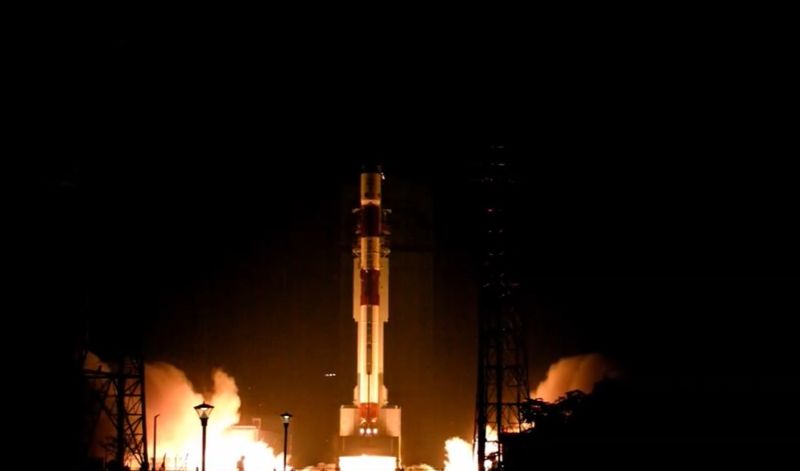
The Indian Space Research Organisation (ISRO) on Monday, December 30, launched the Space Docking Experiment (SpaDeX) mission, a key milestone in the country’s space programme.
With the two satellites weighing 220 kilograms each, the Polar Satellite Launch Vehicle lifted off from the Satish Dhawan Space Centre in Sriharikota. With the successful launch, India joined an elite list featuring the US, Russia, and China, who have mastered such advancements so far.
SpaDEX marks a milestone, showcasing India’s expertise in spacecraft docking technology. SpaDEX will deploy two identical satellites, SDX01 and SDX02. They will orbit 470 km above Earth.
“Key objectives include Performing precision rendezvous and docking manoeuvres, Validating power transfer between docked spacecraft and Operating payloads post-undocking, with a two-year lifespan,” ISRO said in a statement. “This mission is essential for future endeavours, including satellite servicing and building India’s space station, Bharatiya Antriksh Station.”
SpaDEX will demonstrate docking and undocking capabilities between satellites. This includes transferring power and operating scientific payloads.
The mission will simulate a sequence of manoeuvres, starting with a far rendezvous phase at 20 kms and ending with docking at 3 metres.
This capability is vital for India’s lunar and interplanetary missions. Docking technology enables multi-launch missions and supports future human spaceflight.


